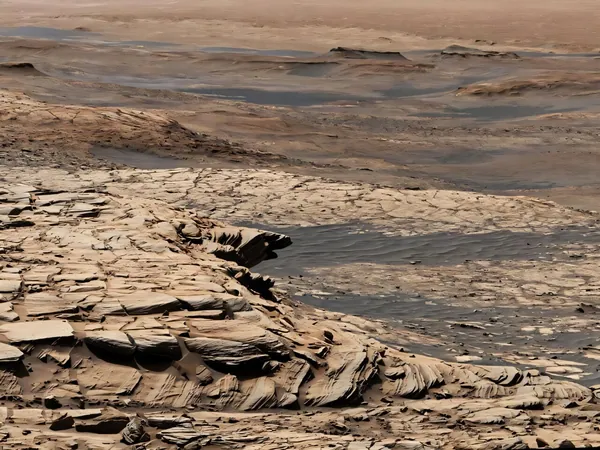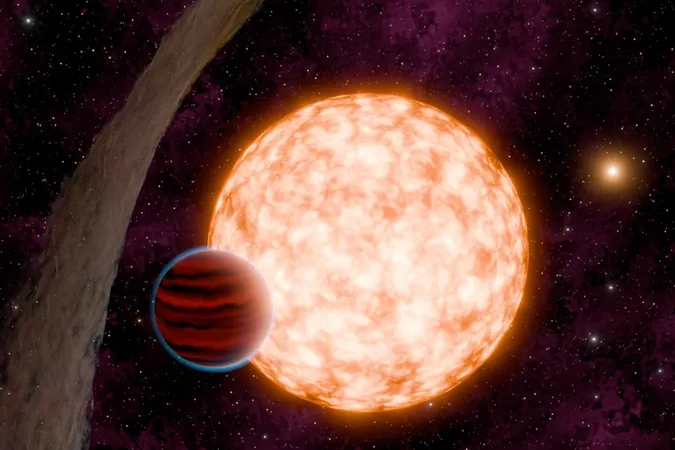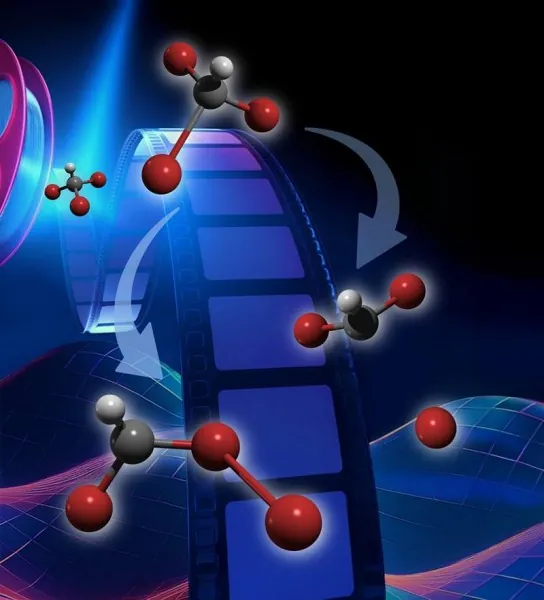
Unraveling the Enigma of Martian Methane: Could Life Be Hiding Below?
2024-11-18
Author: Sophie
Introduction
The intriguing seasonal fluctuations of methane in Mars' atmosphere provide a tantalizing hint that life may exist beneath the surface of the enigmatic red planet. However, the quest for definitive evidence remains an uphill battle until we undertake a bold excavation.
Historical Context
Hints of methane on Mars can be traced back to the Mariner missions of the 1970s, but it wasn't until 2013 that NASA's Curiosity rover made a groundbreaking observation. It detected methane levels that spiked dramatically, only to vanish shortly thereafter, only to reemerge again—a phenomenon that has puzzled scientists ever since.
Chemical Processes
This Martian methane conundrum presents a complex riddle for researchers. On one hand, we have established chemical processes that could produce methane from the elements present on Mars. For instance, the interaction of liquid water with magnesium and iron-rich rocks like olivine can lead to the oxidation of these materials, generating pockets of hydrogen. This hydrogen could then react with carbon dioxide from the Martian atmosphere through a process known as the Fischer-Tropsch synthesis, ultimately yielding methane.
The Potential for Life
However, this seemingly straightforward explanation raises challenging questions. For this process to occur, liquid water must exist underground, and some mechanism must intermittently release the methane, creating its observable seasonal patterns.
Methanogens and Seasonal Variations
This brings into play the exciting possibility of life. On Earth, we have organisms known as methanogens that derive energy not from sunlight but by consuming hydrogen and producing methane as a byproduct. If similar life forms exist on Mars, they could account for the seasonal methane variations. As temperatures fluctuate with the Martian seasons, these organisms could respond to changing conditions, further complicating the mystery.
Current Challenges
Despite this alluring hypothesis, significant hurdles remain. Martian life, if it exists, would still require a sustainable source of liquid water. Moreover, we currently lack any concrete evidence supporting the existence of life on Mars, whether in its present state or in the ancient past.
The Quest Continues
As of now, scientists have not reached a consensus regarding the origins of methane's seasonal variations. The tantalizing notion of life thriving beneath Mars' surface continues to captivate and inspire. To unlock the secrets of this Martian mystery, we must persist in sending new missions to Mars, equipped with advanced tools to dig deeper into its crust. With each mission, humanity inches closer to answering the age-old question: Are we alone in the universe?









 Brasil (PT)
Brasil (PT)
 Canada (EN)
Canada (EN)
 Chile (ES)
Chile (ES)
 España (ES)
España (ES)
 France (FR)
France (FR)
 Hong Kong (EN)
Hong Kong (EN)
 Italia (IT)
Italia (IT)
 日本 (JA)
日本 (JA)
 Magyarország (HU)
Magyarország (HU)
 Norge (NO)
Norge (NO)
 Polska (PL)
Polska (PL)
 Schweiz (DE)
Schweiz (DE)
 Singapore (EN)
Singapore (EN)
 Sverige (SV)
Sverige (SV)
 Suomi (FI)
Suomi (FI)
 Türkiye (TR)
Türkiye (TR)